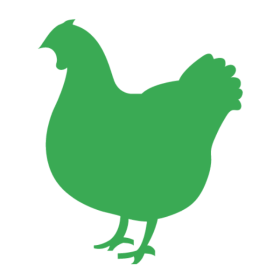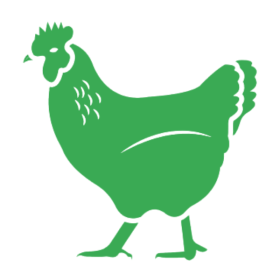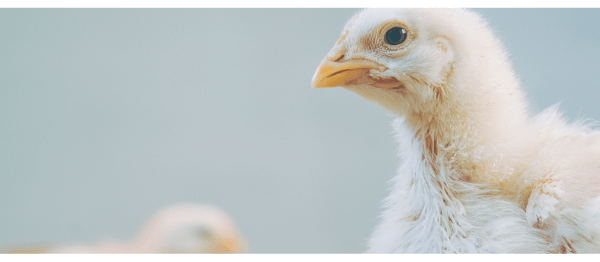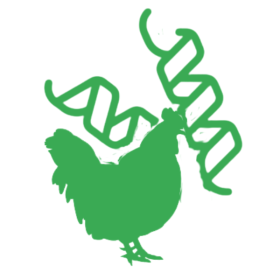In the previous issue of nutriNews International magazine, readers could better understand the necessity and importance of methionine in poultry diets. Let’s recap its significance:

- Promotes lipid mobilization to provide energy for growth and protein deposition, regulating nutrient metabolism.
- Increases antioxidant capacity and immunity.
- Participates in protein synthesis.
- Serves as a precursor to cystine; thus, if methionine supplementation is adequate, additional cystine supplementation is unnecessary.
- Supports skin and feather formation, explaining why poultry has high requirements for these amino acids.
Now, let’s discuss its role in the body’s antioxidant metabolism.
Methionine in the Antioxidant System
Stress control — which may result from management, nutrition, technology, environmental elements, or internal stress — is an inevitable challenge in poultry production.
Various stressors include:
- Temperature – heat or cold
- Humidity
- Housing density
- Immunization
- Transport
Most of these stressors can induce acute stress responses, reducing production performance, health and impacting animal welfare. As well as hampering the quality and quantity of meat products in poultry flocks.

Some stressors may increase susceptibility to diseases, leading to reduced daily gains and poorer feed conversion rates. A common source of stress is the excessive generation of free radicals, causing oxidative stress at the molecular level.
Methionine residues can be used as endogenous antioxidants to help alleviate damage caused by excess reactive oxygen species.
Similarly, dietary methionine can upregulate mRNA expression of heat shock proteins in the intestine, protecting against intestinal mucosal damage in broiler chickens under heat stress. Thus, dietary methionine can help mitigate adverse reactions caused by high-temperature stress.
Methionine is a precursor of succinyl-CoA, homocysteine, cysteine, creatine, and carnitine. It is also a precursor for cellular methylation and cysteine synthesis, reducing the dietary requirement for cysteine.
It can combat oxidative stress as a precursor to antioxidants or by incorporating residues into proteins.

Reactive oxygen species (ROS) are produced by various physiological and non-physiological events, including the Fenton reaction, cellular respiration, mitochondrial dysfunctions, pathologies, phagocytes, neutrophils, and stress.
Methionine plays an essential role in the immune system through its metabolites. It directly influences immune function as its catabolism can increase the production of glutathione, taurine, and other metabolites. Methionine is also readily utilized by hepatocytes for direct glutathione synthesis.

Figure 1. Antioxidant/free radical mechanism of action.
The most common and studied antioxidants in different tissues of poultry concerning methionine supplementation include:
- Total antioxidant capacity (TAC)
- Superoxide dismutase (SOD)
- Catalase (CAT)
- Glutathione peroxidase (GPX)
- Glutathione (GSH)
Among the enzymatic substances, superoxide dismutase (SOD) is responsible for catalyzing the dismutation of the superoxide anion (O2-) into less reactive species like hydrogen peroxide (H2O2). The formation of the superoxide anion involves oxygen with two unpaired electrons binding to another electron-sharing molecule:
O2 + e- → O2-
Dismutation is the process through which this oxide radical, upon receiving hydrogen ions, results in hydrogen peroxide. This compound is then reduced by catalase (CAT) and glutathione peroxidase (GPx) enzymes:
2O2- + 2H+ → H2O2
Thus, these enzymes act as the first line of antioxidant defense in the body, helping control free radical production. The end result of their action is harmless molecules like oxygen and water.
2H2O2 + CAT → 2H2O + O2

Methionine sulfoxide reductases (MSRs) are enzymes that reduce ROS in all organisms, from bacteria to mammals. They accomplish this by oxidizing eight Met residues per protein molecule, maintaining the integrity of each enzyme.

Figure 2. Overview of stressor effects, antioxidant system function, and Met influences on the antioxidant system/status in poultry. Adapted from Lugata, 2022.
Thioredoxin (TRx) prepares the enzyme for another catalytic cycle by reducing the oxidized MSR. NADPH is also an eliminator of reactive nitrogen and oxygen species.

Methionine remains an essential nutrient in the bodies of birds, and no matter how many studies are conducted, there will always be a new and relevant role for it to be elucidated.












